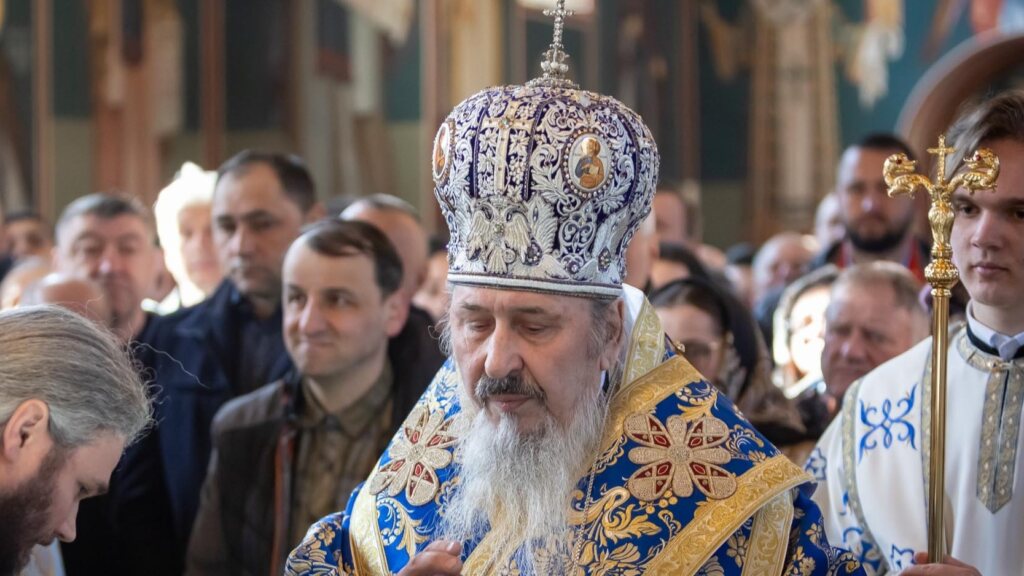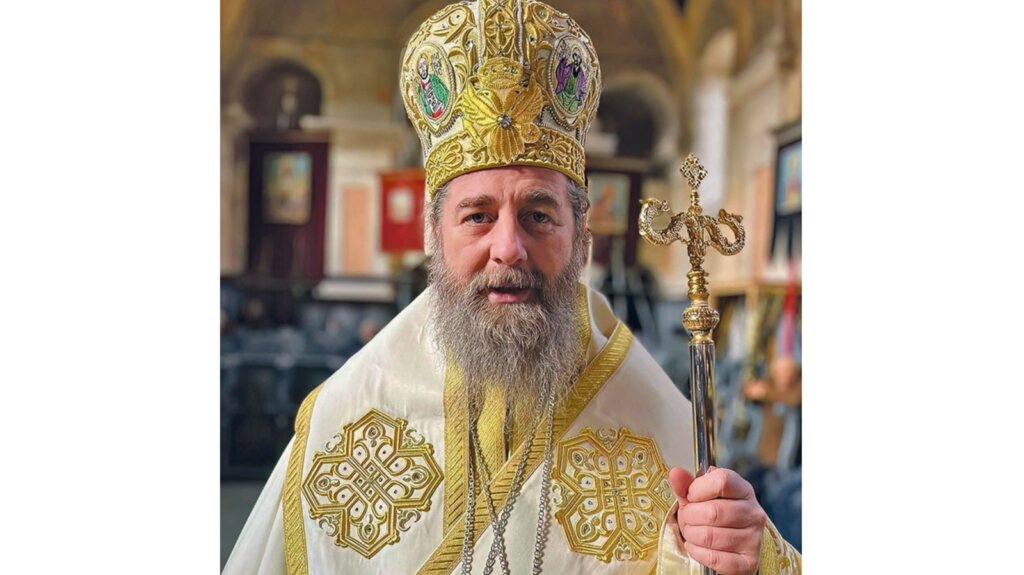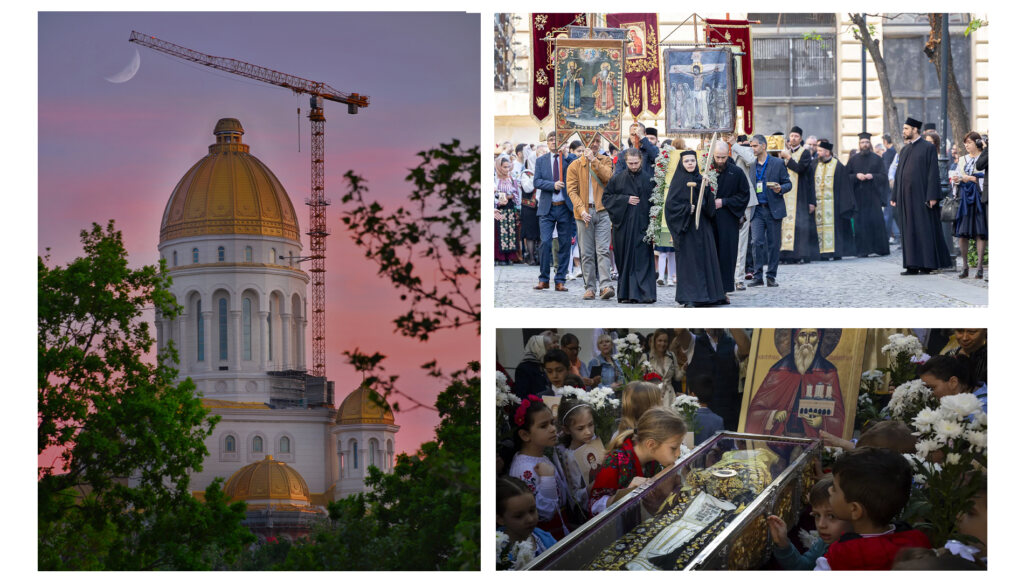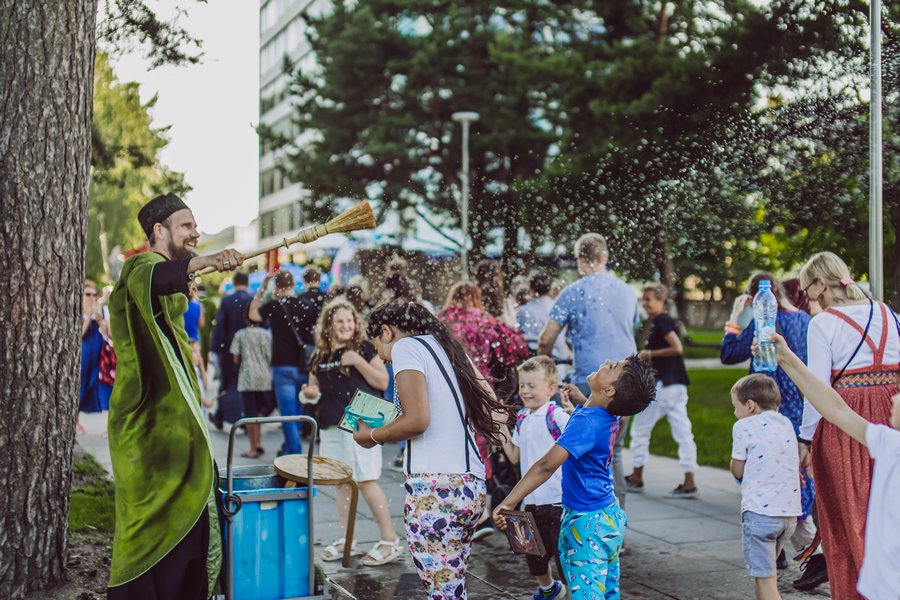The Church Year begins on September 1, a date which, according to Tradition, coincides with the first day of the creation of the world and with the beginning of the preaching ministry of the Saviour Jesus Christ on earth. On this occasion, we propose a photographic journey during the main holidays of the church year.
The Nativity of the Mother of God (September 8) is the first important feast day of the ecclesiastical year.
“The beginning of the Church Year is marked by the Nativity of the Mother of God, on September 8, and the end of the Church Year by her transition to eternal life, her Dormition and Assumption into heaven, on August 15.”
– Patriarch Daniel


The Exaltation of the Holy Cross (September 14) is the oldest and most important holiday dedicated to the Holy Cross. The feast commemorates the discovery of the Cross on which the Saviour was crucified and its elevation by Bishop Macarius of Jerusalem to be seen and revered by the faithful on September 14, 335.
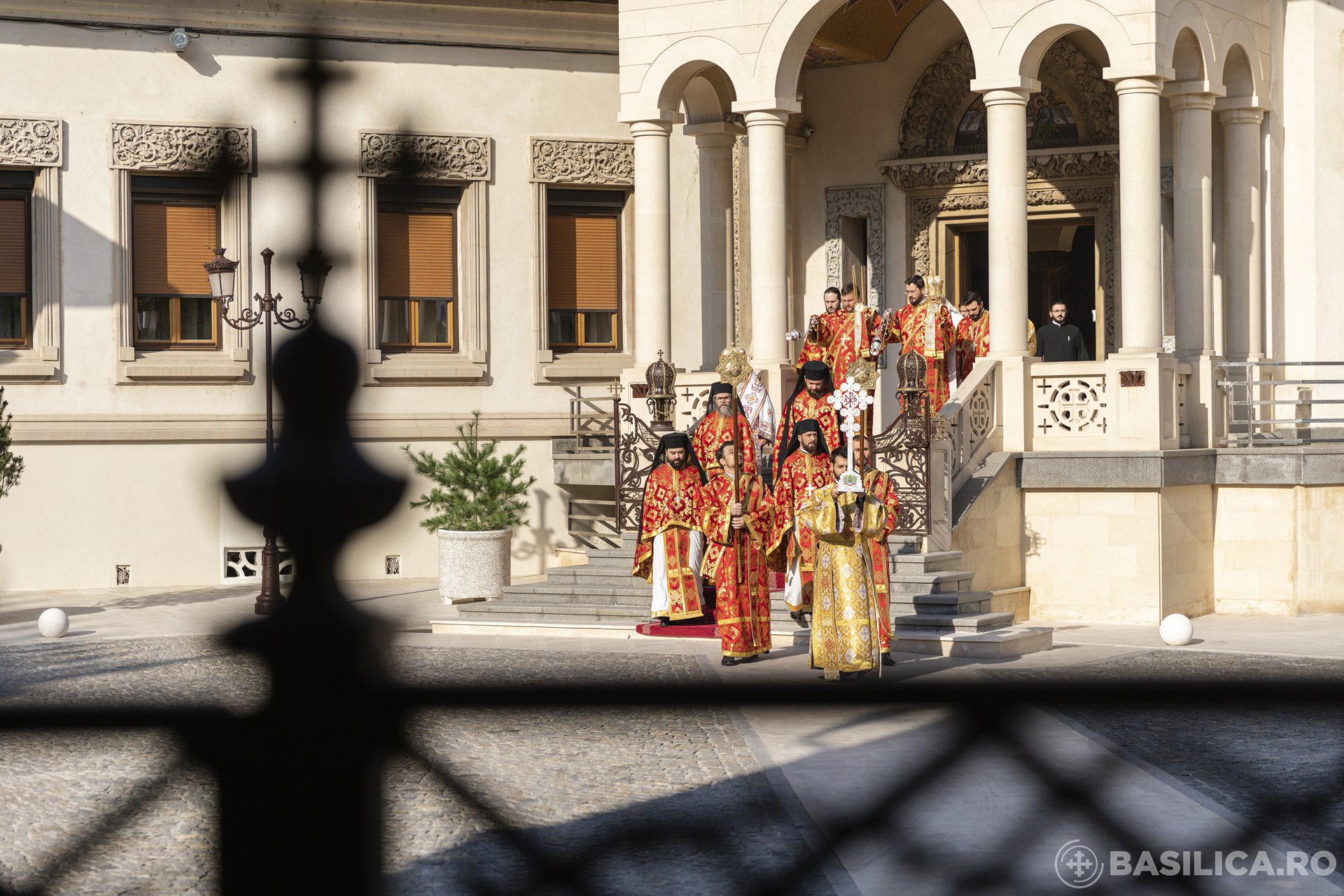

The Entry of the Mother of God into the Temple (November 21) is the newest of the feasts dedicated to the Mother of God.
The feast was instituted in the sixth century, when Emperor Justinian built in Jerusalem, near the ruins of the temple, a new church dedicated to the Virgin Mary (Church of St. Mary – the New). The day after the church was consecrated, on November 21, the patronal feast began to be celebrated, being dedicated to her bringing to the temple.


The Nativity of the Lord is the central feast of the liturgical period called Octoechos and the first feast of the church year dedicated to the Saviour. On December 25, we celebrate the mystery of the Nativity of the Baby Jesus Christ by the Virgin Mary.


The Circumcision of the Lord (January 1) is the feast that shows that the Saviour came “to fulfil the Law, to put it into practice, and at the same time to fulfil it, that is, to perfect it” (Patriarch Daniel).
This holiday is celebrated together with the feast of Saint Basil the Great and the new Civil Year.

The Baptism of the Lord (January 6), popularly called the Epiphany, commemorates the baptism received by Jesus Christ from St. John the Baptist in the waters of the Jordan.
It is also called Epiphany or Theophany because Christ is confessed for the first time as the Messiah by St. John the Baptist and the voice of the Father in Heaven.

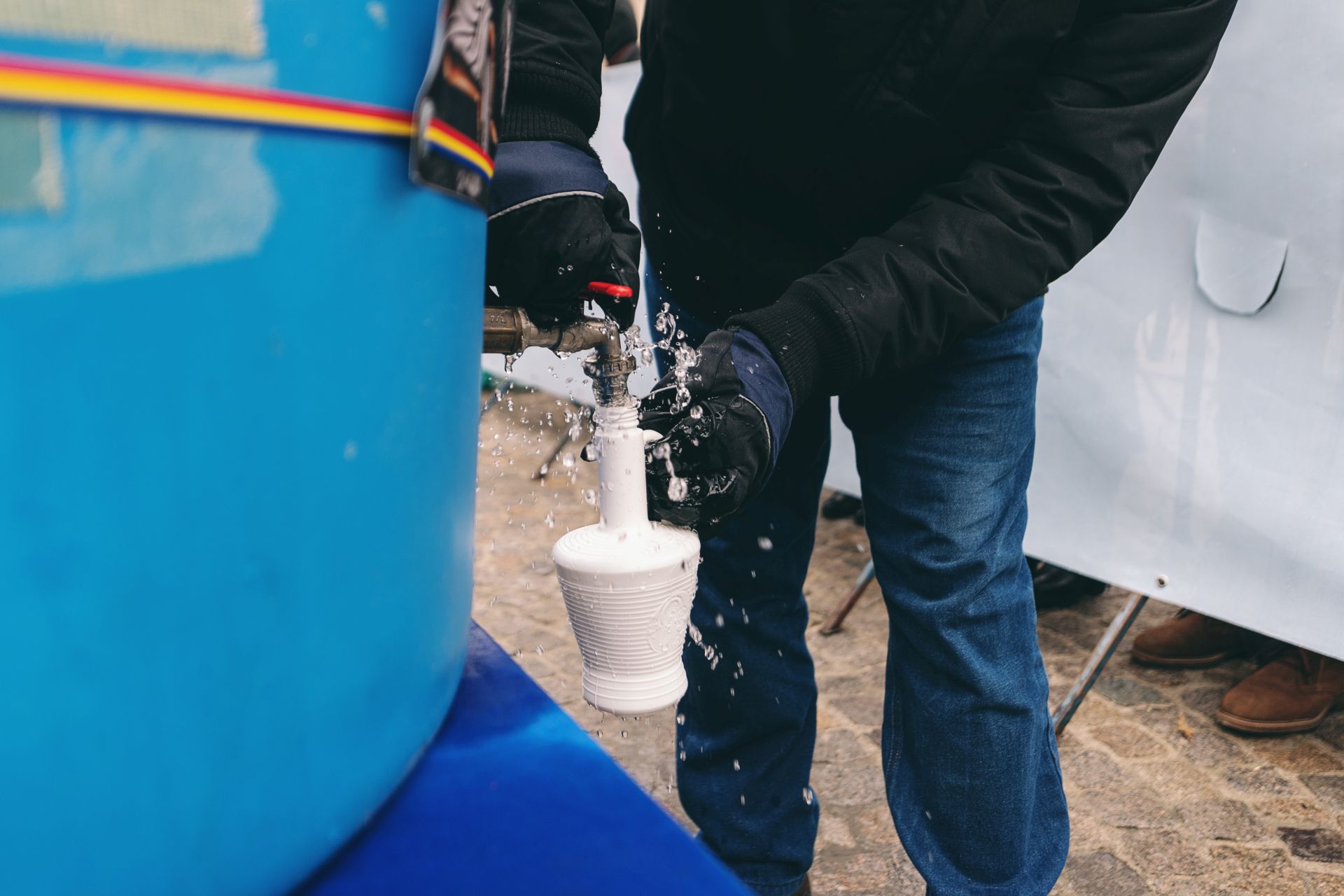
The Meeting of the Lord in the Temple (February 2) is celebrated 40 days after the Nativity of the Lord and marks the bringing, according to the Old Law, to the temple of Jerusalem of the Infant Jesus. He was greeted by the Righteous Simeon who fulfilled before his death the expectation of seeing the Messiah as he had been promised.

The Annunciation (March 25) is the oldest holiday dedicated to the Mother of God. It reminds us of the good news that the Archangel Gabriel brought to the Virgin Mary, that she would give birth to the Messiah.


Palm Sunday is the first holiday with a changing date in the church year.

The Resurrection of the Lord is the most important holiday of Christendom, the “feast of feasts” (according to the Canon of Easter), signifying the victory of Christ over death and the salvation of humankind.
Easter is the centre of the liturgical year, the landmark after which the other holidays with changing dates and the liturgical periods are established (Pentecost, Octooechos, Triodion). Its importance is also underlined by the fact that it is the only holiday that lasts three days.

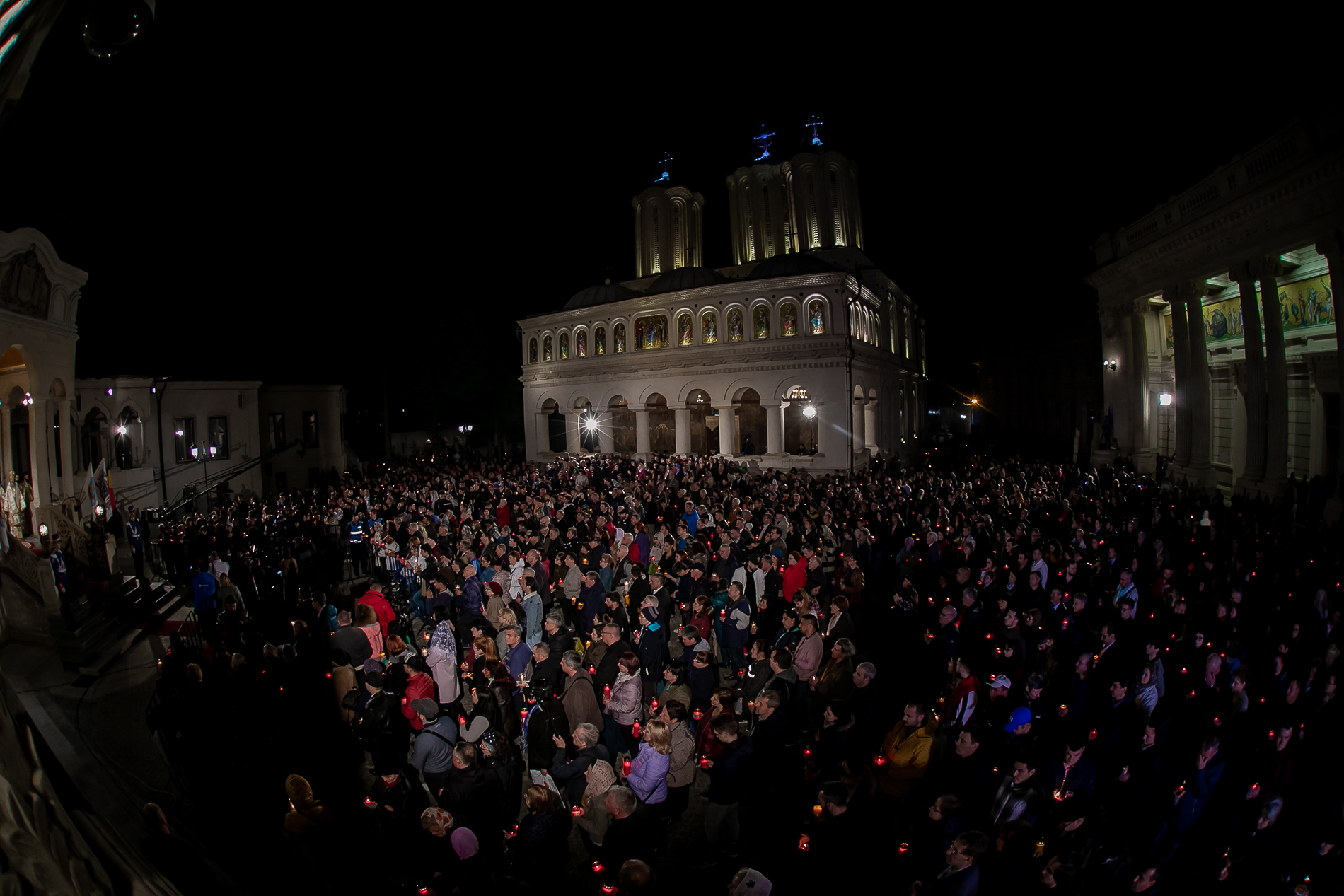
The Ascension of the Lord is always celebrated on the Thursday of the sixth week after Easter, i.e. 40 days after the Resurrection, and is one of the oldest church holidays.


The Descent of the Holy Spirit (Pentecost) reminds of the event mentioned in the Acts of the Apostles (Acts 2: 1-4) when the Holy Spirit descended in the shape of tongues of fire over the Holy Apostles in the room where they were present. This event is always celebrated 10 days after the Ascension or 50 days after Easter.
Closely related to the Descent of the Holy Spirit, on the Monday after Pentecost Sunday, the Holy Trinity is honoured.


The Transfiguration (August 6) reminds us of the wonderful transfiguration of the Lord, on Mount Tabor, in front of His disciples, Peter, John and James. It is a newer holiday than the other royal holidays.
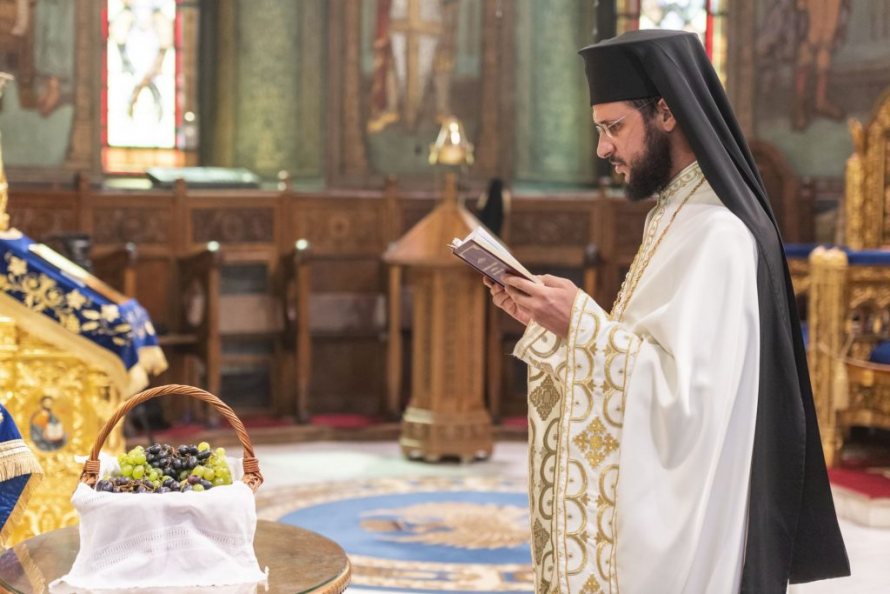
The Dormition of the Blessed Virgin Mary (August 15) is one of the most important holidays and marks the end of the church year.
“The Dormition is ordained in the last month of the church year, as this holiday is the Icon of the Sacrament of the Church that moves or passes people from earthly life, to heavenly, eternal life.”
-Patriarch Daniel


Source: Ene Braniște, Liturgica generală (General Liturgics), Basilica Publishing House, Bucharest 2015
Photo: Basilica.ro



